 Bridge Scour Monitoring
Bridge Scour Monitoring and
and 
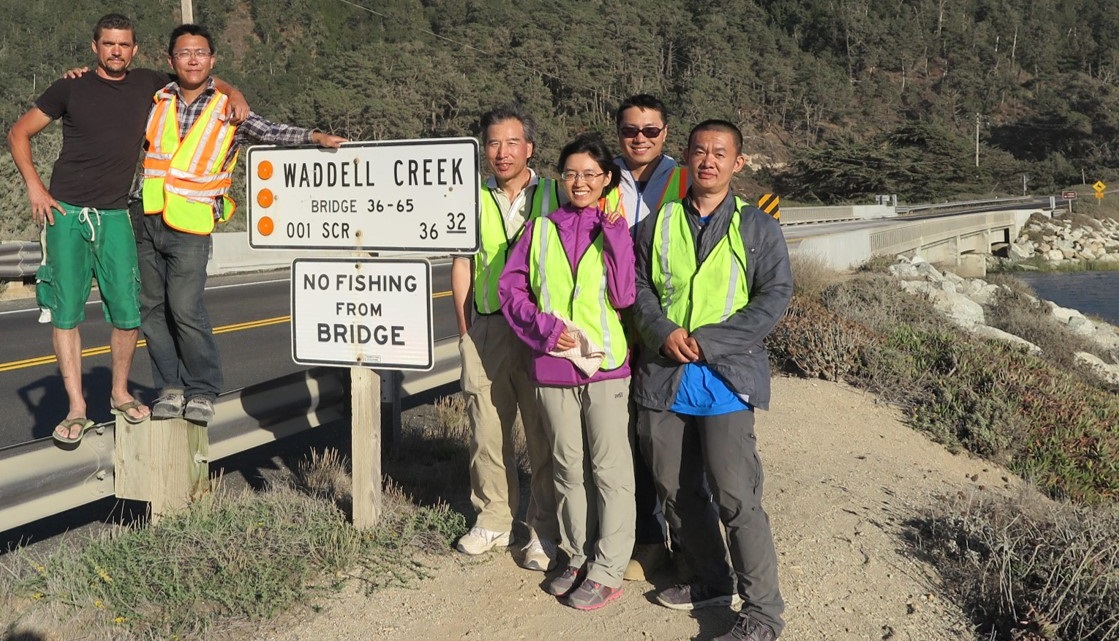
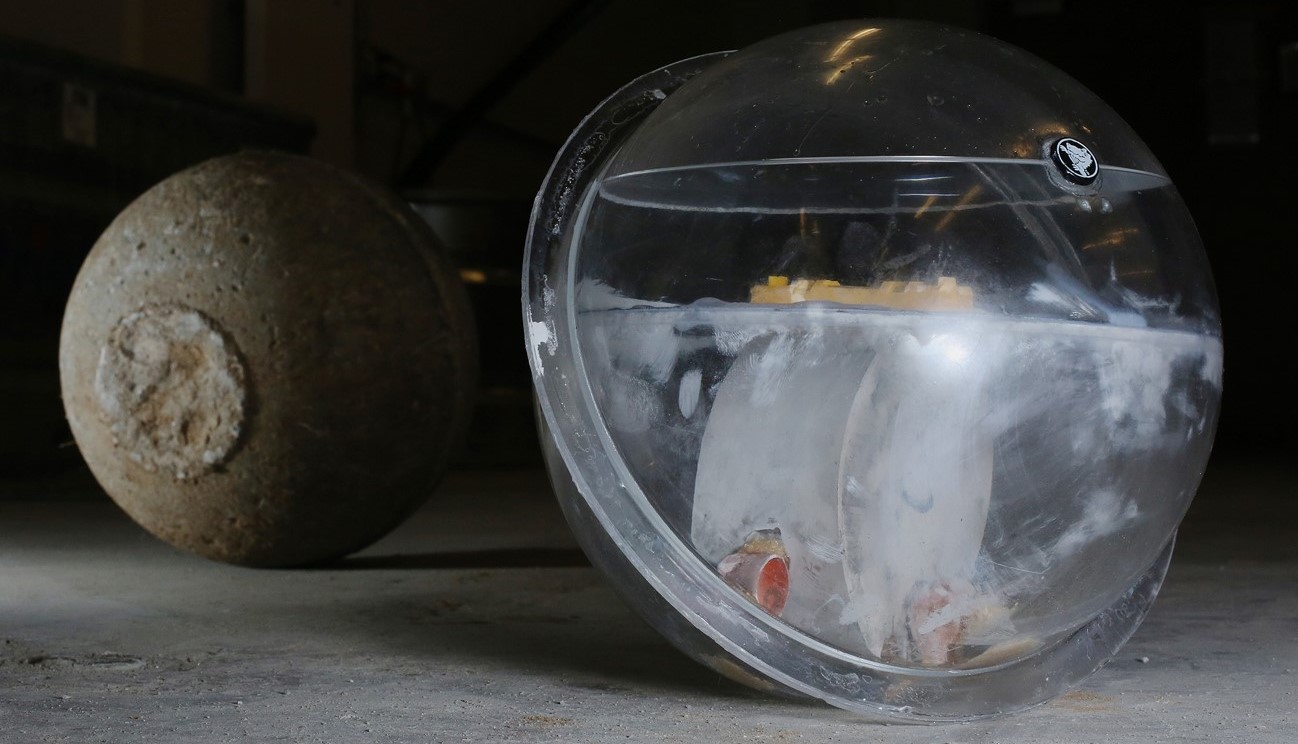
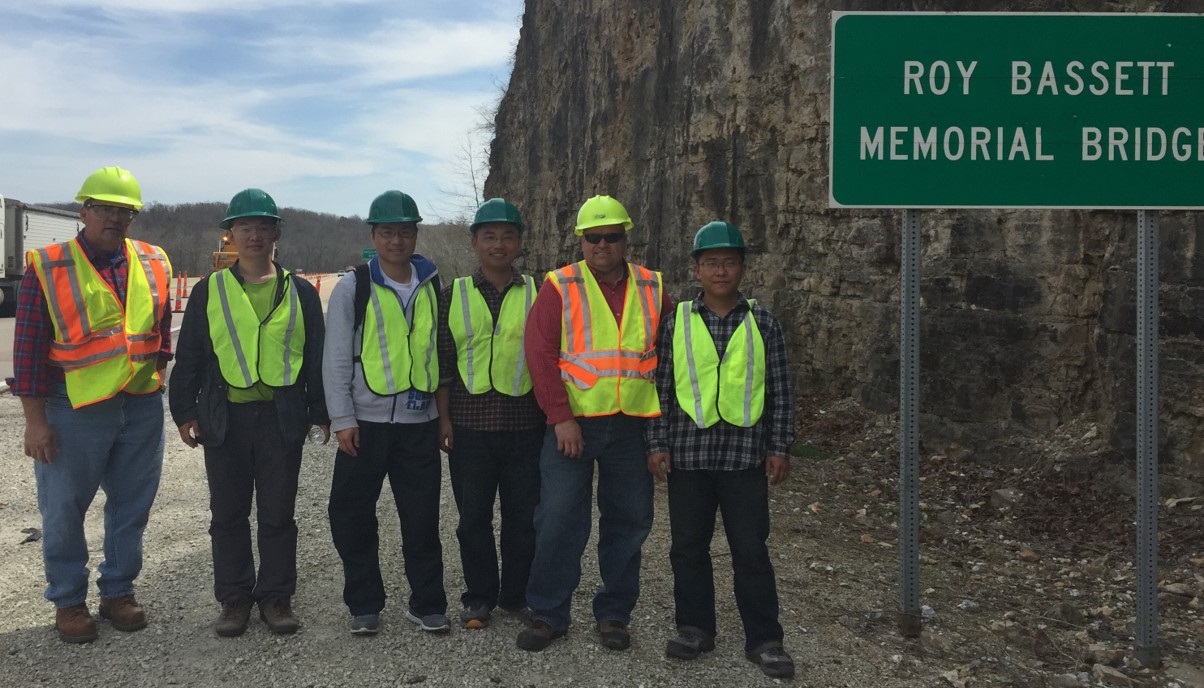

Scour-susceptible Tongji Bridge in Sichuan, China
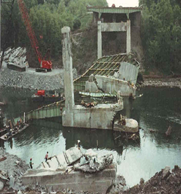
New York I-90 Bridge over the Schoharie Creek collapsed due to excessive scour
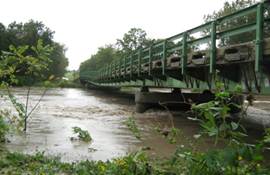
Washed-away center pier of a continuous steel-girder bridge in North Missouri due to heavy rainfall
In the U.S., hydraulic forces (scour) are responsible for 58% of 1,500+ bridge collapses in the past 40 years - a figure that is growing steadily. Between 1997 to 2005, the number of scour-critical bridges increased from 2% to 5%, while the number of scour-susceptible bridges over water increased from 29% to 40%.
The current monitoring methods provide an incomplete set of mission-critical data for scour evaluation due to unknown locations and refilled scour holes, and cannot survive the environment during a flood event. On the other hand, real-time scour monitoring of bridges is not only critical for maintaining ground transportation services, but is also a safety issue in the short time windows available during high flood seasons. Combining scour monitoring with mitigation strategies such as commonly-used riprap or armoring techniques with rocks maximizes cost effectiveness and robustness.
As a collaborative effort with Drs. David Pommerenke and Rosa Zheng from Electrical Engineering, this project is sponsored by the U.S. Department of Transportation (USDOT) OST-R in collaboration with the Missouri Department of Transportation (MoDOT) and the California Department of Transportation (Caltrans).
This project is directed by Dr. Genda Chen, P.E., F.ASCE, F.SEI, Professor and Robert W. Abbett Distinguished Chair in Civil Engineering at the Missouri Univresity of Science & Technology (formerly University of Missouri-Rolla), and Associate Director of Mid-America Transportation Center. It is a part of the structural behavior monitoring research direction that Dr. Chen initiated in early 2000, including topics such as the detection and monitoring of cracks, steel yielding and buckling, corrosion, and high temperature.